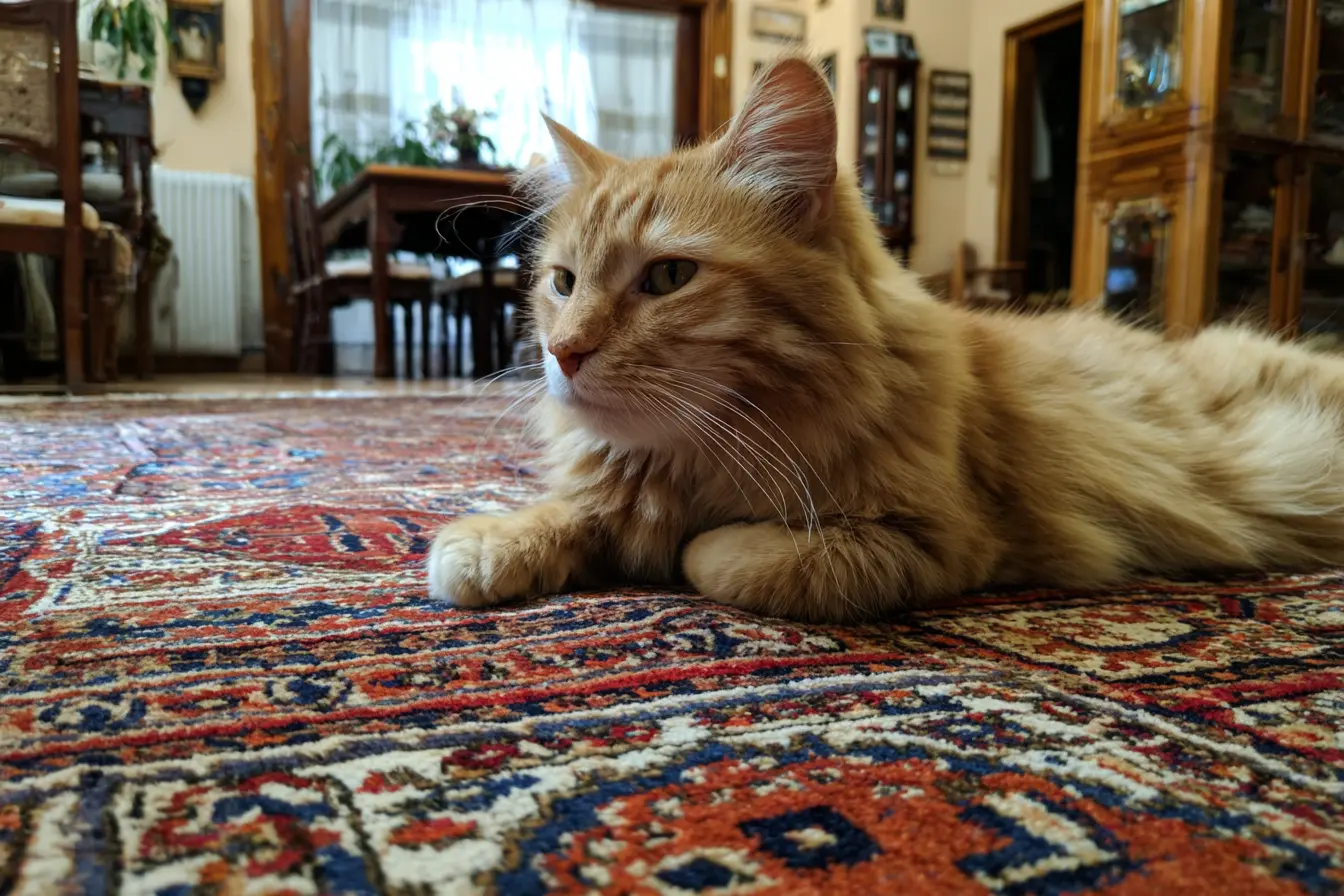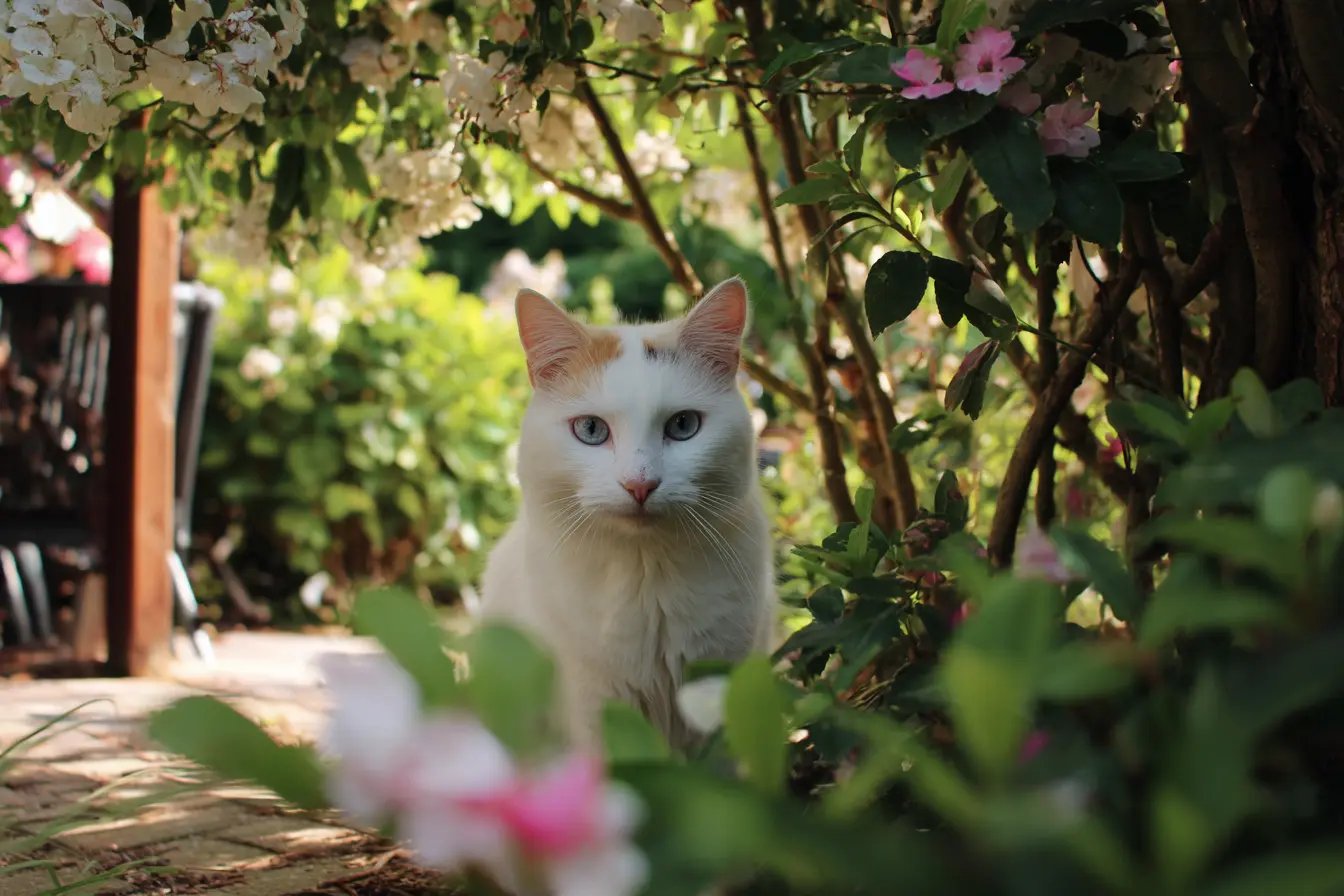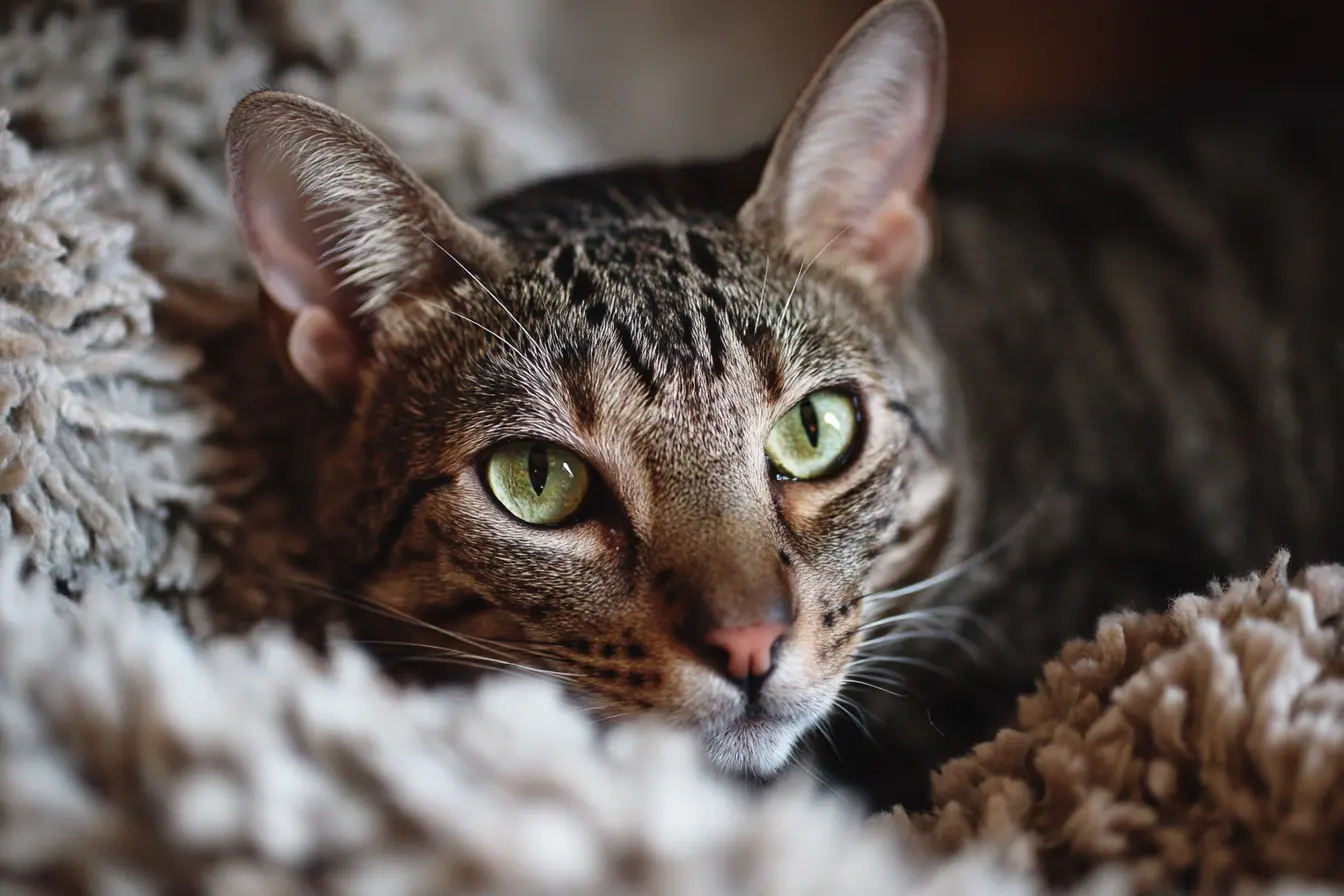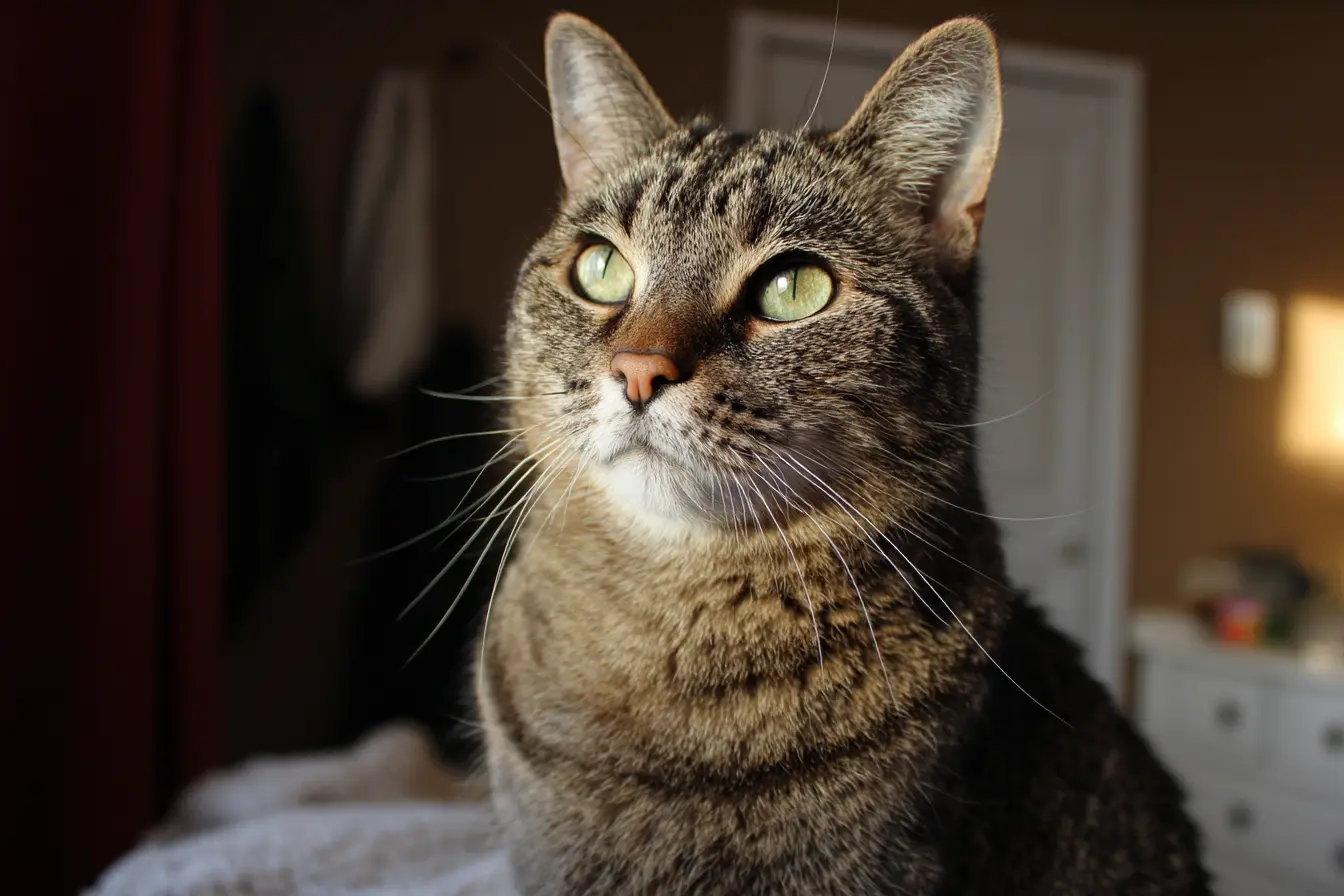
Cats and Fleas: Everything Owners Need to Know
Fleas are one of the most common parasites that affect cats, and they can cause significant discomfort, health issues, and stress for both pets and their owners. Understanding how fleas live, how to spot them, and how to treat and prevent infestations is essential for every cat owner. This guide explains everything you need to know.
What Are Fleas?
Fleas are tiny, wingless insects that survive by feeding on the blood of animals. They are excellent jumpers and can move quickly through a cat’s fur, which makes them difficult to detect.
- Size: Around 2–4mm long.
- Colour: Dark brown or reddish.
- Lifespan: Several weeks to months.
- Reproduction: A single female flea can lay up to 50 eggs per day.
The Flea Life Cycle
Understanding the flea life cycle helps with treatment and prevention:
- Eggs – Laid on the cat but quickly fall off into the environment (carpets, bedding, furniture).
- Larvae – Tiny worm-like creatures that feed on organic debris.
- Pupae – Develop inside a protective cocoon. They can survive for weeks or even months.
- Adult fleas – Hatch and jump onto a host to feed.
Only about 5% of the flea population lives on the cat at any one time, the rest are in the environment. This is why treatment must tackle both the cat and the home.
Signs Your Cat May Have Fleas
Cats with fleas often show clear signs of discomfort such as:
- Excessive scratching or grooming
- Biting at fur or skin
- Red or irritated skin
- Hair loss (commonly around the back and base of the tail)
- Flea dirt (tiny black specks that look like pepper, actually flea faeces)
- Visible fleas moving through fur (harder to spot on dark coats)
To check for the presence of fleas, place your cat on a white towel and comb them with a fine-toothed flea comb. If black specks fall and turn reddish-brown when wet, it’s flea dirt.
Health Risks Caused by Fleas
Fleas are more than a nuisance. They can lead to serious health problems for cats including:
- Itching and discomfort
- Allergic dermatitis (skin reaction to flea saliva)
- Anaemia (especially in kittens or elderly cats if heavily infested)
- Tapeworms (cats can swallow infected fleas while grooming)
- Secondary skin infections from constant scratching
Treating Fleas on Cats
There are several effective treatments which can be used for fleas, but always check with your vet to ensure the right product for your cat’s age, weight, and health.
- Spot-on treatments. A liquid applied to the back of the neck, effective for several weeks.
- Oral medications. Tablets that kill fleas quickly, sometimes within hours.
- Flea collars. Some modern collars offer long-term protection (up to 8 months).
- Flea shampoos and sprays. Good for temporary relief but are less effective when used alone.
- Flea combing. Helps to remove fleas and flea dirt but should be used alongside other treatments.
Never use dog flea treatments on cats – many contain permethrin, which is highly toxic to cats.
Treating the Home
Since the majority of the flea population lives in the environment rather than on the cat, treating the home is essential. This should include:
- Vacuuming carpets, sofas, and corners daily for several weeks.
- Washing bedding, blankets, and cushions in hot water.
- Using household flea sprays (check they are safe for cats) to treat carpets and furniture.
- Regular cleaning and airing to reduce humidity where fleas thrive.
Preventing Flea Infestations
Preventing fleas is far easier than dealing with a full infestation. Steps should include:
- Year-round flea prevention such as spot-ons, tablets, or collars as advised by your vet.
- Regular grooming and flea checks.
- Treating all pets in the household as fleas can easily move between animals.
- Maintaining a clean home by vacuuming and washing pet bedding regularly.
When to See the Vet
You should consult your vet if:
- Your cat has severe itching or sores.
- You notice signs of anaemia (pale gums, lethargy).
- Fleas persist despite treatment.
- Your cat is very young, old, or has other health conditions.
Conclusion
Fleas are a common problem for cats, but with the right knowledge and consistent action, they can be effectively controlled. Addressing both the cat and the environment is vital to breaking the flea life cycle and preventing reinfestation.
Prevention is far easier than cure, so regular flea control should be a part of every cat’s care routine. By staying vigilant and proactive, you can ensure your cat remains healthy, comfortable, and free from the irritation and risks that fleas bring.
Vets near you
Speciality vets
- Aquatics vet specialists
- Birds vet specialists
- Camelids vet specialists
- Cats vet specialists
- Cattle vet specialists
- Deer vet specialists
- Dogs vet specialists
- Equines vet specialists
- Exotic vet specialists
- Goats vet specialists
- Pigs vet specialists
- Poultry vet specialists
- Sheep vet specialists
- Small Mammals vet specialists
- Wild vet specialists



